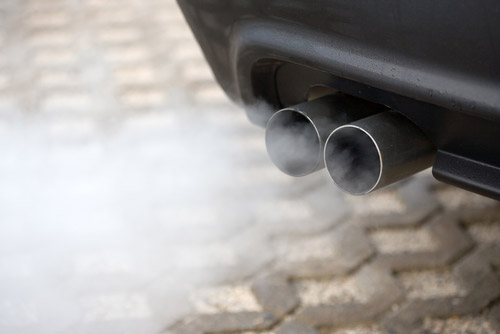Carbon Monoxide Poisoning and Detectors
Carbon Monoxide Poisoning and Detectors -- by Nick Gromicko
- 480 U.S. residents died between 2001 and 2003 from non-fire-related carbon-monoxide poisoning.
- Most CO exposures occur during the winter months, especially in December (including 56 deaths, and 2,157 non-fatal exposures), and in January (including 69 deaths and 2,511 non-fatal exposures). The peak time of day for CO exposure is between 6 and 10 p.m.
- Many experts believe that CO poisoning statistics understate the problem. Because the symptoms of CO poisoning mimic a range of common health ailments, it is likely that a large number of mild to mid-level exposures are never identified, diagnosed, or accounted for in any way in carbon monoxide statistics.
- Out of all reported non-fire carbon-monoxide incidents, 89% or almost nine out of 10 of them take place in a home.
- furnaces;
- stoves and ovens;
- water heaters;

- dryers;
- room and space heaters;
- fireplaces and wood stoves;
- charcoal grills;
- automobiles;
- clogged chimneys or flues;
- space heaters;
- power tools that run on fuel;
- gas and charcoal grills;
- certain types of swimming pool heaters; and
- boat engines.
Carbon monoxide (CO) is a colorless, odorless, poisonous gas that forms from incomplete combustion of fuels, such as natural or liquefied petroleum gas, oil, wood or coal.
Facts and Figures
Physiology of Carbon Monoxide Poisoning
When CO is inhaled, it displaces the oxygen that would ordinarily bind with hemoglobin, a process the effectively suffocates the body. CO can poison slowly over a period of several hours, even in low concentrations. Sensitive organs, such as the brain, heart and lungs, suffer the most from a lack of oxygen.
High concentrations of carbon monoxide can kill in less than five minutes. At low concentrations, it will require a longer period of time to affect the body. Exceeding the EPA concentration of 9 parts per million (ppm) for more than eight hours may have adverse health affects. The limit of CO exposure for healthy workers, as prescribed by the U.S. Occupational Health and Safety Administration, is 50 ppm.
Potential Sources of Carbon Monoxide
Any fuel-burning appliances which are malfunctioning or improperly installed can be a source of CO, such as:
Homeowners who take the initiative to make these changes usually discover that the energy savings are more than worth the effort. InterNACHI home inspectors can make this process much easier because they can perform a more comprehensive assessment of energy-savings potential than the average homeowner can.




